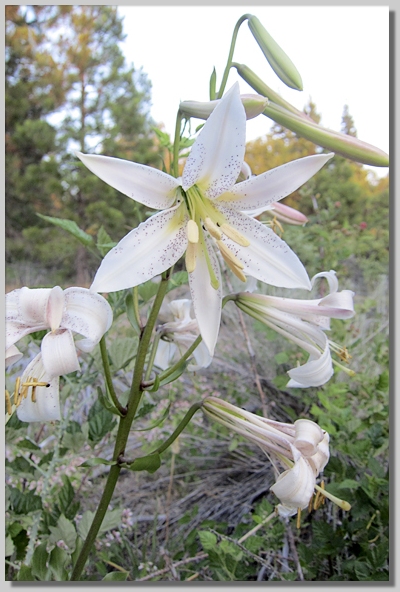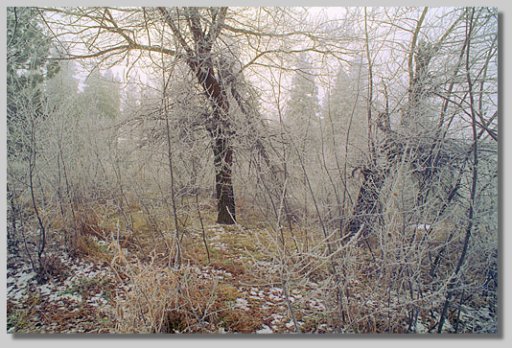Local Ecology and Forestry

Black Butte Junction sits at a unique location just northwest of the Black Butte plug-dome volcano at 3900 feet above sea level and a few miles west of Mount Shasta. To the west is 9025' Mount Eddy and, beyond that, several wilderness areas. The Black Butte Springs are located just above (east) of our land and Black Butte Creek flows across our property. It is hard to imagine a railroad yard in a more scenic location. Since our establishment, we've been engaged in a number of projects related to documenting, conserving, and restoring the natural ecology of the area:
The property at 800 Black Butte Road, where BBCRC is located, along with the immediate surrounding area, supports a high level of biodiversity - including plants, birds, and other animals. Some species are listed as of "Special Concern" meaning they are relatively rare and, in decline, mainly due to habitat loss. Click on this link to see the list of everything we have documented so far, and thanks to our board member wildlife biologist, Andrea "Dr. Dre" Claassen, PhD for putting this list together.
The six acre clearing where the BBCRC is based is the former site of the Black Butte "wrecking yard". Once the home of hundreds of junked cars, what we call the "compound" is now newly green — hundreds of trees, shrubs, and wildflowers are beginning to emerge and grow. We have cleaned up tons of junk, planted native tree and shrub species and pulled out invasive weeds.

Baker Cypress (Hesperocyparis bakeri) is an extremely rare and vulnerable conifer native to a very small area of far-northern California, mainly in Siskiyou County. Thanks to the assistance of a botanist friend, who propagated cones from nearby stands, we now have close to 100 of these rare native trees growing on the former junkyard portion of our property.
In addition to our "compound", the land we have at Black Butte includes areas of diverse natural forests and wetlands but also a large area of what was a poorly managed pine plantation. Those areas suffer from a legacy of mismanagement and the impacts of fire suppression. This has resulted in forest areas that lack biodiversity and are prone to catastrophic fire. Restoring these forest areas has become a major focus of our efforts. For more information on the work we are doing to restore a natural and diverse forest at Black Butte, see our Forest Restoration page.

We are lucky to be located just a short distance west down the hill from the Black Butte Springs, one of a number of springs associated with Mount Shasta and the source of Black Butte Creek. The Spring, actually a cluster of springs on a hillside, flows cold and clear year round. According to a handmade sign at the springs:
In a generally dry area, the springs and creek are an important and rare resource, supporting plant and wildlife habitat. The creek is central to the reason why the railroad yard was located here as it supplies the historic Black Butte water tank. Between the Springs and the railroad, the creek supports a lush wetland meadow. It is then channelized in a culvert as it flows under the UP track. Once on our land west of the railroad, small channels diverge off the mainstream, forming a wetlands corridor through our land, teeming with a wide variety of plants, birds, fish and other critters. Further downstream the creek supplies irrigation for pastureland before flowing into Boles Creek, a tributary of the Shasta River. Further downstream, north of Yreka, the Shasta River flows into the Klamath River.
Since mid-2007 we have been working to restore native habitat and to protect Black Butte Creek. This included carrying out some formal restoration activities in 2007-8 aimed at improving fish habitat and restoring native vegetation. We are committed to maintaining the creek/wetlands corridor as a protected natural area on our land. The Black Butte Springs are recognized as an important resource and were included in a recent study of the springs of Mt. Shasta, conducted by California Trout.

See our Links page for information on some of the organizations working to conserve and protect the natural environment in Siskiyou County and the wider region.